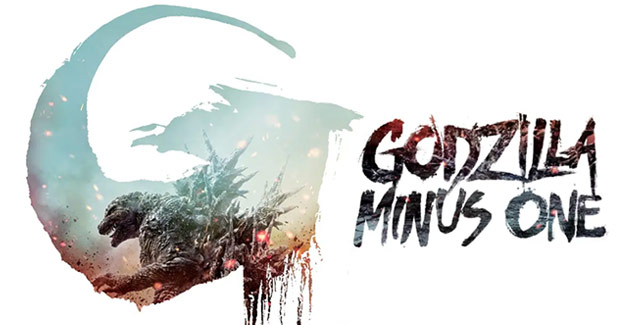
I don’t consider myself a big monster movie fan, though I have seen a few that I enjoyed (Pacific Rim rocks!). I still haven’t seen the original Japanese-made Godzilla movie in 1954, but I was curious to see Godzilla Minus One after it won Best Visual Effects at the Oscars earlier this year. I had hoped they’d re-release the film in theaters later that week, but that was not to be. Then suddenly I saw the film was streaming on Netflix this weekend, so I had to see it right away.
Director Takashi Yamazaki sets the film in post-WWII Japan, when the country had been devastated by the war. The original Japanese tagline actually reads, ‘Postwar Japan. From Zero to Minus’, which explains the title. The movie didn’t waste time in showing us the giant monster and it was glorious! I had read articles about this movie’s special effects during award season, and I’m still amazed that only about 35 artists worked on the effects, and a mere 610 VFX shots (compared to 2,500 shots used in Avengers: Endgame in 2019). Yamazaki could’ve made 30 Godzilla films with Endgame’s $365 million budget!!
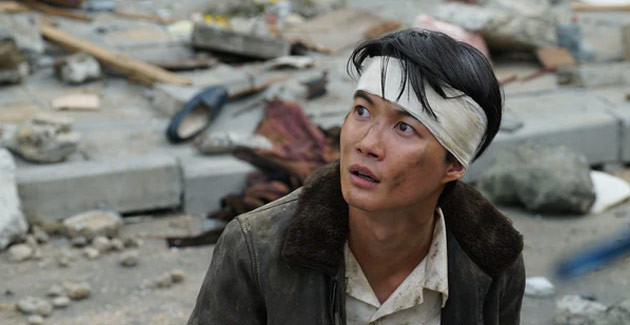
The Kaiju monster alone is enough to carry the film, but thankfully the script, written by Yamazaki, Ishirô Honda, and Takeo Murata, gives us something more: a compelling human story. The protagonist is a Kamikaze pilot, Koichi Shikishima (Ryunosuke Kamiki) who aborts his mission and lands on a supply island of Odo when the monster attacks. Shikishima has the chance to shoot the creature but hesitates, resulting in the death of all the engineers except him and lead engineer Sosaku Tachibana (Munetaka Aoki) who blames the pilot for failing to act.
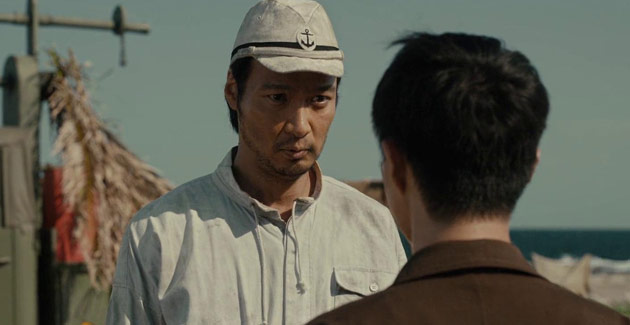
The story then moves to Tokyo, where Shikishima finds his parents have perished in the bombings. Along the way, he meets a young woman, Noriko Oishi (Minami Hamabe) who rescues an orphaned baby and they end up living together as a family. Shikishima takes up a dangerous job as a minesweeper but continues to be riddled with the guilt of having cheated death time and time again. It’s a testament to the strong writing that I was quite invested in the human story, instead of just counting the minutes until Godzilla popped up again.
It’s uncanny that this movie is released within months of Oppenheimer given Godzilla movies’ allegory of nuclear weapons. The movie briefly shows US nuclear testing in Bikini Atoll which gives birth to a mutated nuclear-spawned Godzilla. It lands ashore in Ginza, Tokyo’s metropolitan prefecture, destroying everything in its wake in a frenzied rage. It’s a classic scene of Godzilla picking up a train with its mouth and crushing buildings with its enormous feet.

The rest of the movie centers on how to stop Godzilla as it heads to Japan. The minesweeper crew manages to detonate a mine into its mouth, but it’s somehow able to regenerate quickly. The ocean attack scenes are impressive! I bet people in the theater cheer when Godzilla’s dorsal fin extends as he powers up to release its atomic heat ray. The water-effect shots are spectacular, which aren’t commonly done in Japan given the relatively lower budget compared to Hollywood blockbusters. Yet another reason why this movie deserves its Best VFX Oscar!
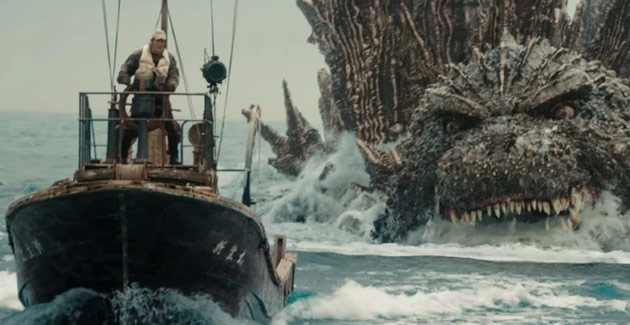
Given Japan’s been disarmed and demobilized by Allied Forces, it’s up to civilians’ grassroots effort to take down Godzilla. Scientist Dr. Soda (Hidetaka Yoshioka), one of my favorite characters, comes up with an insane but brilliant water-pressure strategy. The film’s beating heart is the camaraderie of people from various walks of life—former military men, scientists, engineers, etc. The dynamic between Shikishima and Tachibana, picking up on the events on Odo island, is quite funny and touching. I appreciate the hopeful ‘choose life’ theme that’s juxtaposed with a suicide bomber defector who’s finally at peace to sacrifice his life striking Godzilla to save humanity.
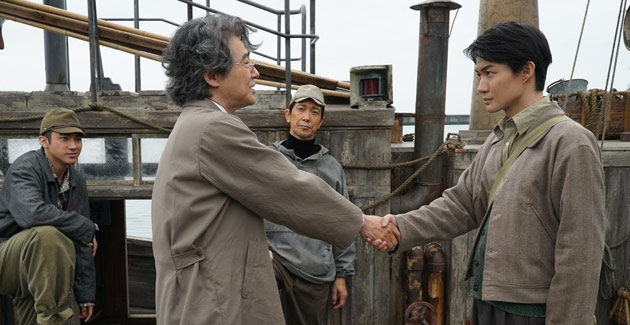
The third act is filled with plenty of Godzilla action but it doesn’t feel bombastic or over-the-top. It’s nice to see a Godzilla movie that is so much more than a loud, switch-off-brain type. It’s not just a triumph in bringing the titular monster to life, it also features a triumphant story of the human spirit. Yamazaki and his team pay homage to Godzilla movies that’ve come before, from the creature design to the score by Naoki Satô. I read that the Godzilla suite heard as it makes landfall is the version arranged by composer Akira Ifukube in Mothra vs. Godzilla (1964).
Though a sequel is up in the air, the movie sets up exciting possibilities for more in the franchise. I won’t spoil it for you but I gasped when I saw it (those who have seen this know exactly what I mean). Kudos to Yamazaki & team for crafting a compelling human story that elicits genuine empathy, while delivering a gargantuan Oscar-worthy spectacle.

Have you seen GODZILLA MINUS ONE? Let me know what you think!
///

I’m just happy that it’s available on Netflix.
Yeah!! Then we can easily rewatch it!
I rewatched it over the weekend since it’s still not available on disc yet, stupid rights dispute! But I enjoyed it as much as when I saw it in theater back in December. This is one of the films about war veteran with PTSD, it just happens to include a giant monster. Lol!
one of the BEST films about war veteran with PTSD… I meant.
Yeah I think the rights dispute is causing the delay in streaming release. I’m glad it’s finally on Netflix though I was even willing to pay to rent this LOL!
Pingback: The Alliance Lately: Issue No. 93 – The Minnesota Film Critics Alliance
Pingback: JUNE viewing recap + Mini Reviews + Movie Of the Month – FLIXCHATTER FILM BLOG